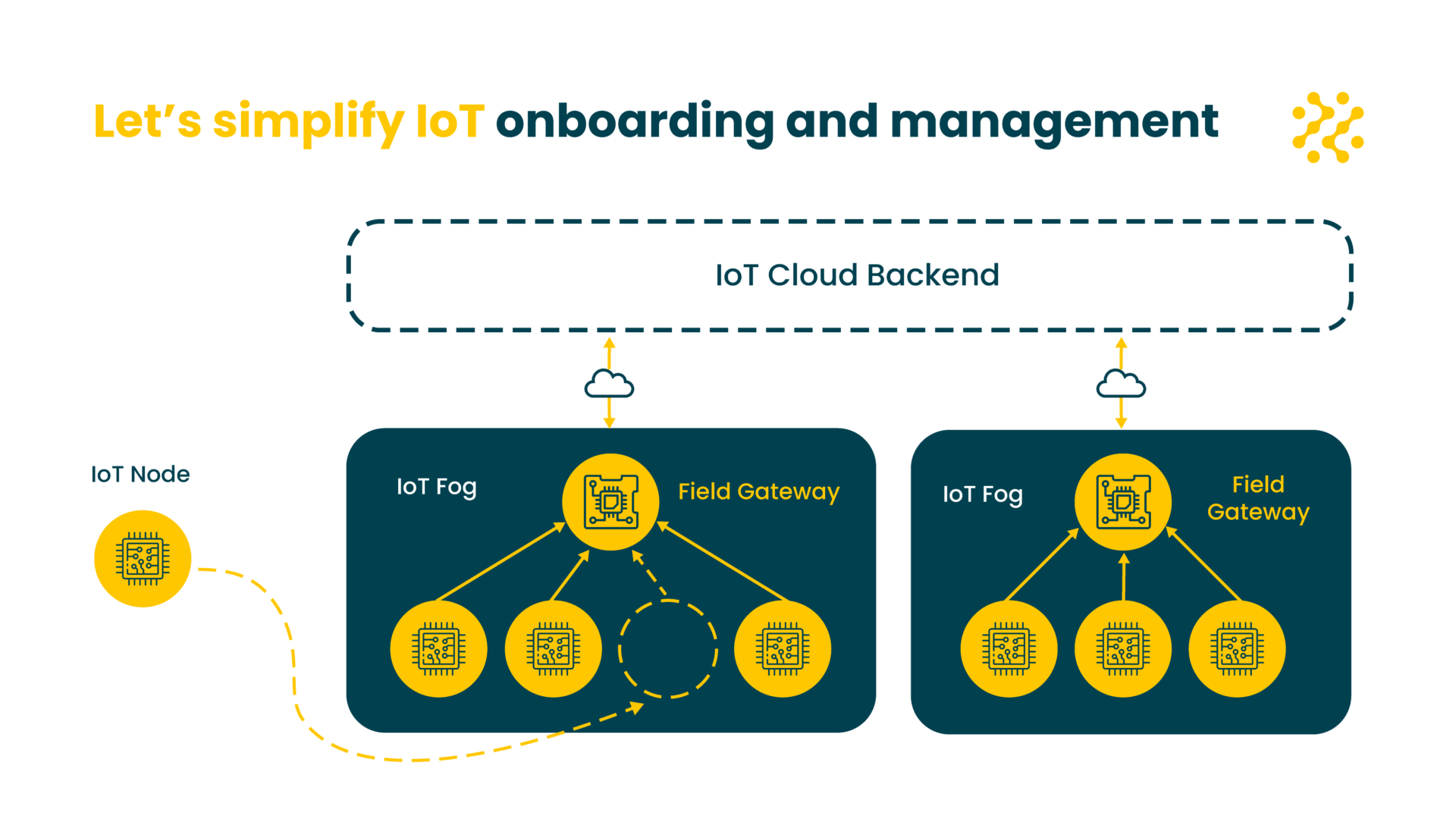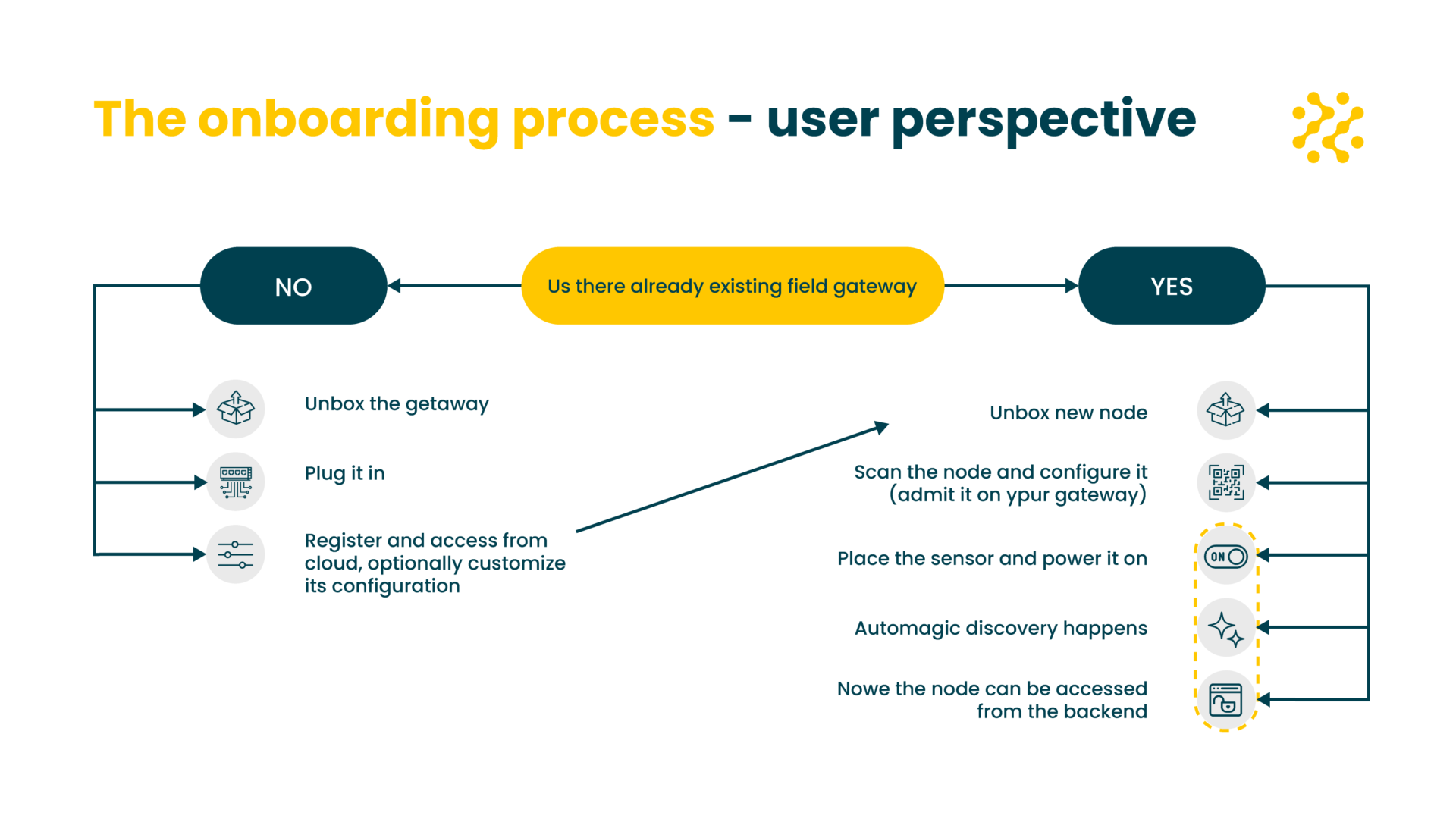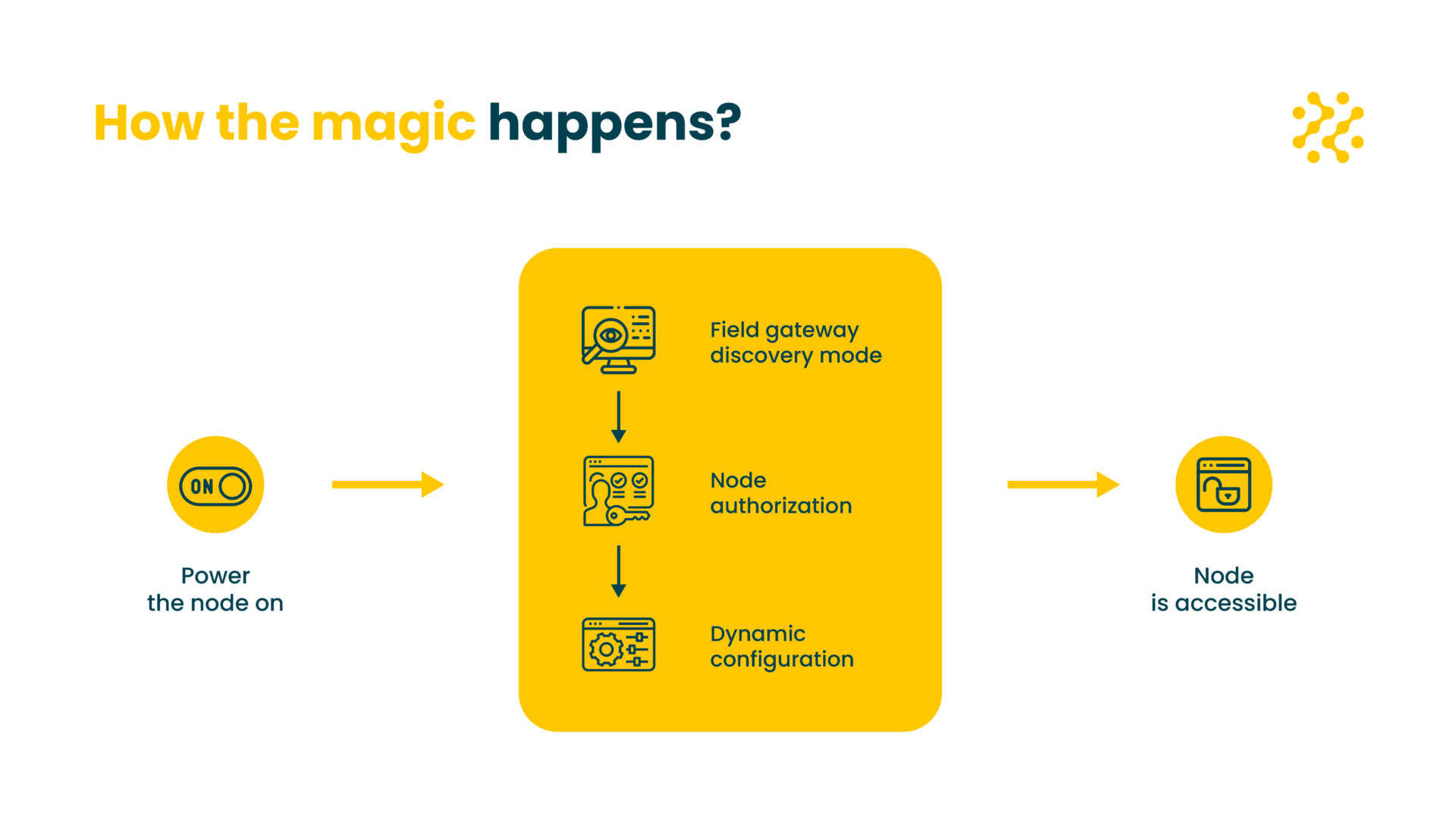It is estimated that by 2026, over 64 billion devices will be a part of the IoT ecosystem. As the number of IoT devices grows, the need for integrating the new devices into the IoT network poses several challenges. For instance, Derhamy et al. evaluated the existing IoT frameworks against criteria such as security, protocols, rapid application development support, hardware requirements, architectural approach, interoperability, industry support etc. They found that there is a need to develop a more advanced framework and tool that would help businesses to quickly and seamlessly integrate new IoT nodes/devices into their existing system or IoT Infrastructure. Although Derhamy et al. deduced this in 2015, not much progress was done in this domain as confirmed by Paniagua and Delsing in 2021.
The solutions which already existed prior to the development of SIN-On were limited by some or other barrier. Some of them were limited by the number of devices that they could onboard, whereas others were either limited by the type of devices they could onboard or some other dependencies such as manufacturing or distribution. For SIN-On the theoretical limit is known and ranges in a few hundreds of sensors per gateway, however the practical limit is a bit lower. There was also a lot of manual effort required from the user, or a specialist was required each time a new node had to be onboarded to the existing system. Compatibility issue was also quite common in most industries. This amounted to higher cost, and lag time, which was not so beneficial for the businesses.












